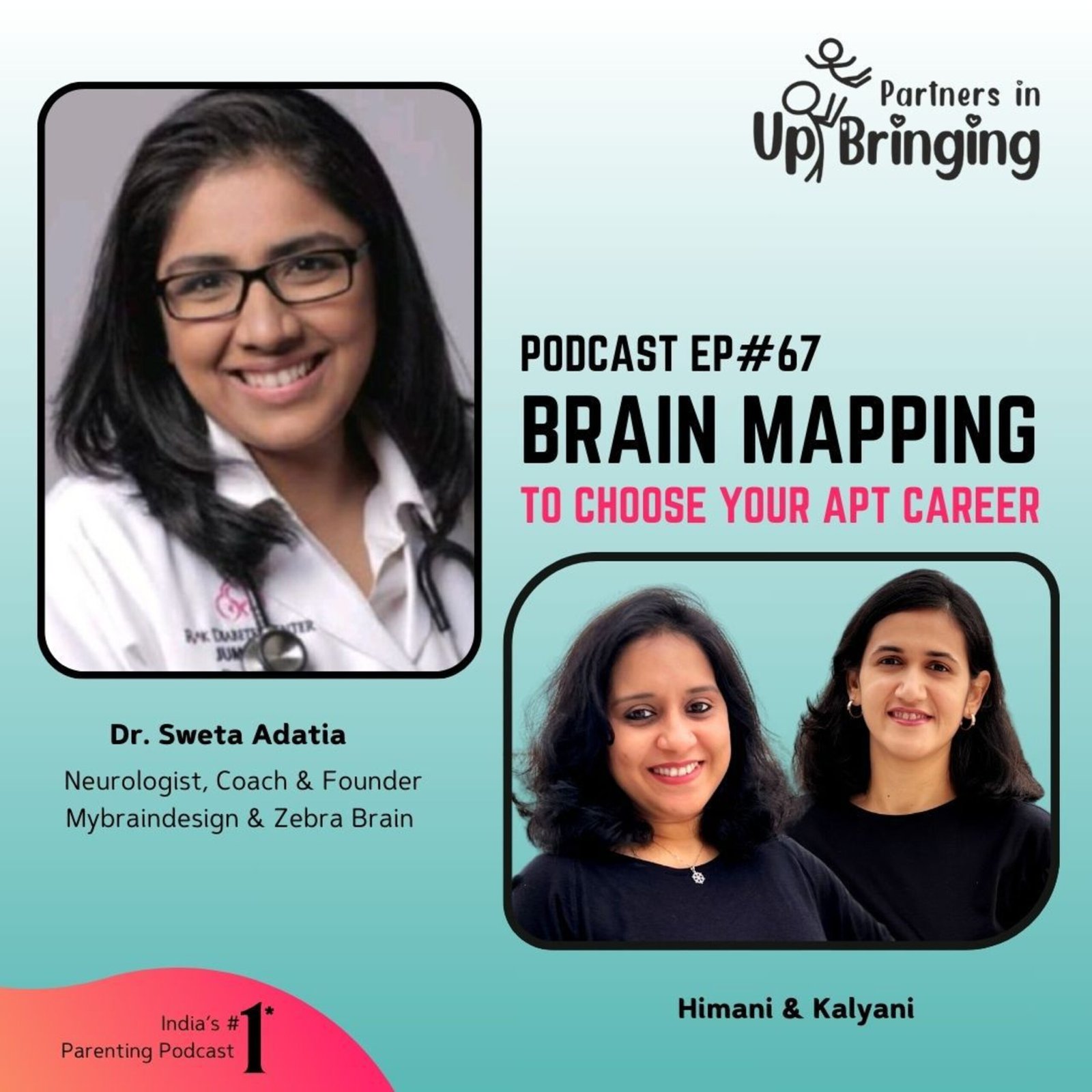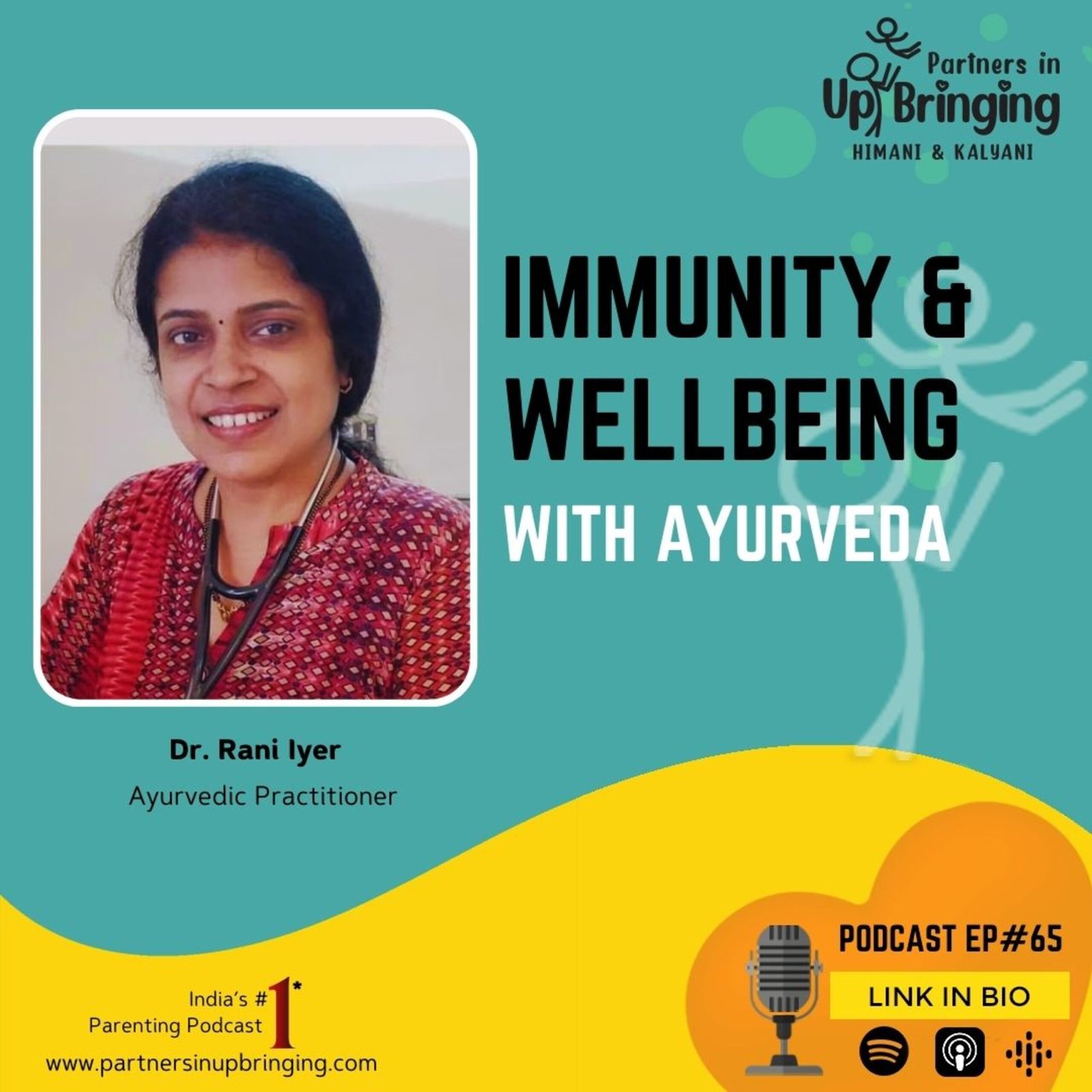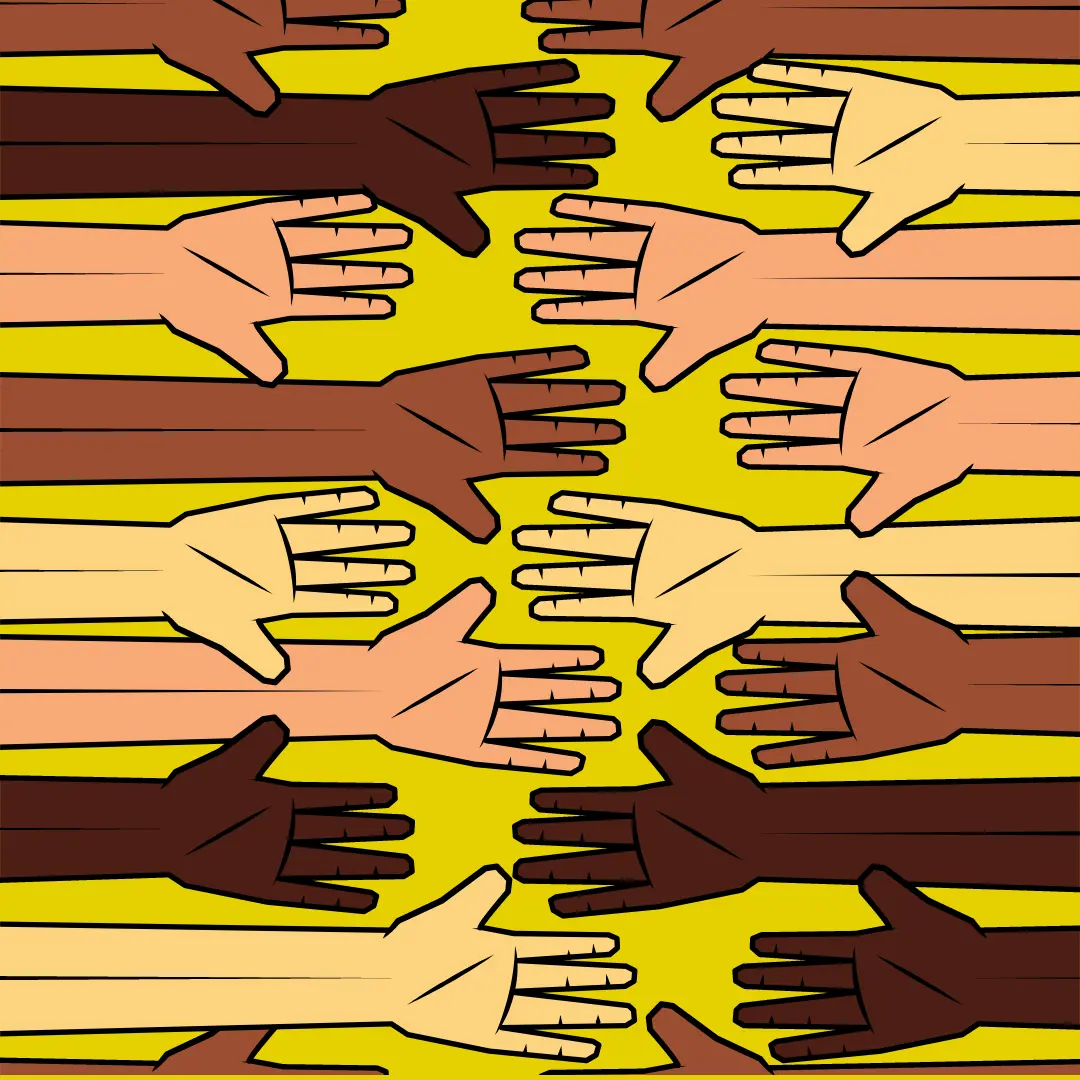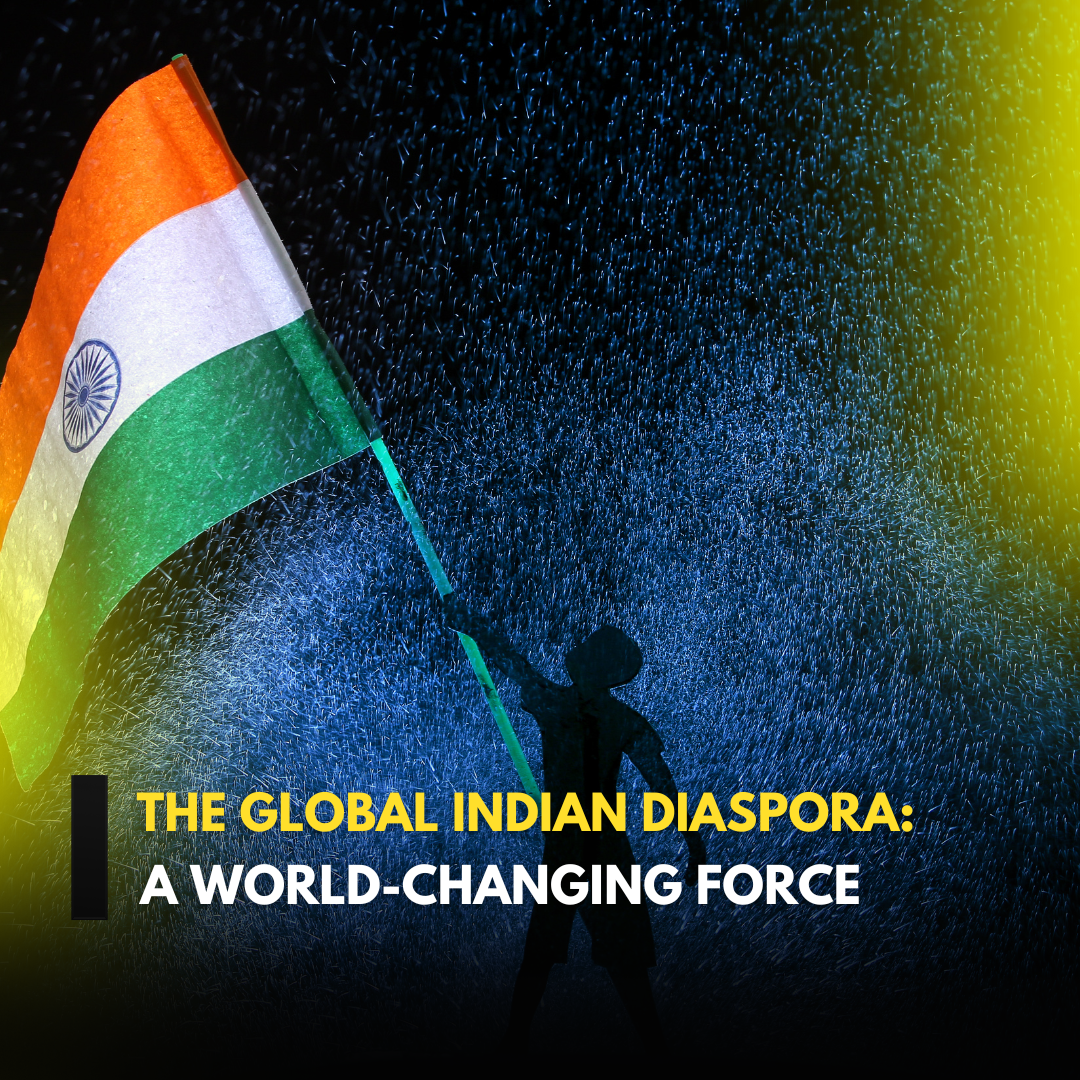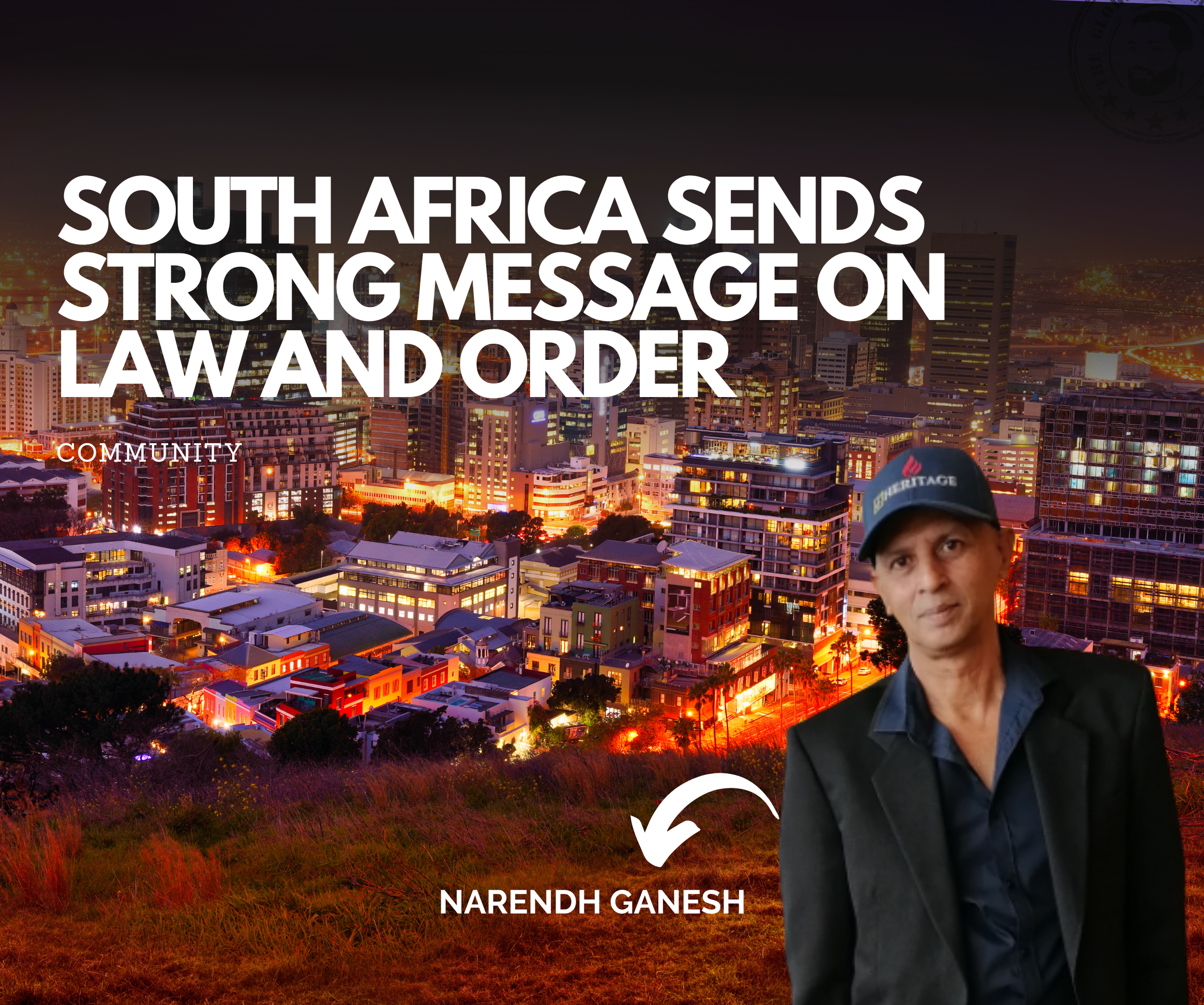The rise of Indian diaspora in Australia– Almost a decade ago, Melbourne artist Sapna Chandu wondered why chai – proper Indian-style masala chai – was nowhere to be found in Australian cafes, yet the dialled-down Western version, chai latte, was everywhere. It led her to conceptualise a world where India had overtaken Australia and had staged a cultural coup.
The installation, Kwality Chai, which was presented at the 2014 Melbourne Fringe Festival, was an immersive experience where viewers entered a parallel reality, set forty years after India had successfully staged a Y2K IT takeover of Australia and now ruled as a colonial power. In this imagined future, there was still a love of caffeine in Melbourne, but it was masala chai that everyone queued for. Inside the Kwality Chai space, viewers would order chai from someone speaking with an Indian lilt and using hybrid Anglo-Indian phrases, set against an aural landscape featuring the tooting horns of an Indian street. They would drink the tea while listening to a radio featuring R&B and old Bollywood, interspersed with news bulletins discussing events such as, say, an auto rickshaw colliding with a tram, or the Australian prime minister, J.J. Vijayalakshmi, considering extending Indian laws into its new colony. They could pick up a newspaper and read about the challenge to beef-eating laws. What began as an exploration of cultural appropriation ended as one of cultural imperialism – but in this case, in reverse to the usual way it happens.
Kwality Chai came to mind the minute I started thinking critically about the Indian diaspora in Australia and about how a future Australia might look as growing numbers of Indians settle here. Usually, Australian art takes a Western-centred approach to India, whether it is about Indian culture, or the experiences of a Westerner in India, or an Indian’s struggles to fit into Australia. But this was the first time an artist – a second-generation Indian Australian – had centered the Indians, the migrants, putting them in the driver’s seat of culture.
It was prescient then, and it is prescient now, in 2021, as it becomes clear that migration from India will continue to grow, and the group will help power Australia’s economic growth. And this demographic change is occurring just as a bolder India is set to play a larger role in Asia and in Australia’s approach to the region. As the Indian diaspora in Australia becomes larger, stronger and more prominent, it is an opportune time to take a closer look at its shape and characteristics.
Early connections
Australia and India were once connected via land, both part of Gondwanaland, a supercontinent that existed until about 180 million years ago. There is some evidence of ancient links between Australia and India – a 1999 study asserts a maternal genetic connection between the two countries, and a 2013 study of Indigenous Australian DNA suggests there might have been migration from India about 4000 years ago. Even disbelievers cannot fail to notice some pockets of similarity, such as the resemblance between India’s Gond art and Indigenous dot painting, or that dingoes look uncannily like Indian street dogs.
Fast-forward to the 1800s, and South Asians were moving to Australia, first as labour for the British but later as camel drivers – and, importantly, camel owners. The cameleers are usually referred to as Afghans, but there is evidence that they came from a broad stretch spanning the subcontinent, from modern-day Afghanistan and Pakistan, across northern India, to Bengal. Samia Khatun’s 2019 book Australianama tells of a nineteenth-century Bengali-language book of songs and stories that was discovered in the Broken Hill mosque, indicating that Bengalis were present in Australia at that time. Back then, Indians and Afghans came to Australia to seek work as cameleers or in other occupations often not as a permanent migration, but rather to make money and have some life experiences – much like, it must be said, every backpacker and global nomad today.
In the decades that followed, Indians kept coming, some to work the goldfields, or in sugar and banana plantations, or as hawkers. One, Siva Singh, hawked groceries and goods around farms in the Benalla region of Victoria in the early 1900s. According to the Australian Indian Historical Society, Singh was struck off the electoral rolls in 1915 in line with the White Australia policy’s limits on who was recognised as Australian, but he successfully lobbied to be restored, taking his fight to the High Court. He was one of thousands of Indian hawkers at the time, some of whom amassed fortunes and built solid links with their local communities. Benalla now features a memorial to Siva Singh.
By the time of Federation, the Indian population had reached around 7600 people. But the inflow stopped once Australia’s erstwhile rulers – and voters – decided that they wanted to keep the population lily-white – in contrast to the black lie that modern Australia was founded upon.
The first modern wave
The White Australia policy came to a definitive end in 1973 under Gough Whitlam, after the Holt government had, seven years earlier, started moving away from the controversial policy to account for a potential migrant’s qualifications and skills, and not their race. Indians and Asians and people of other nationalities had already begun arriving under the Colombo Plan, which ushered in a smattering of students in the 1950s.
An early scholar who came to Australia was Jayant Bapat, now an adjunct research professor at the Monash Asia Institute at Melbourne’s Monash University. He arrived in 1965 after completing a master’s degree in organic chemistry in India and receiving a scholarship to study further at Monash. Before he departed, friends advised him to start learning German; Indians had barely heard of Australia. When he arrived, the White Australia policy was still in effect, but he recalls having little problem with racism or hostility: “because there were so few Indians, we were a novelty”.
Migration patterns led to what is essentially a fragmented community
He describes an Australia at once familiar and unfamiliar: bracingly cold, lonely, no inside toilets, little food he could recognise. The Punjabis he lived with would make an approximation of vegetable curry using Keen’s curry powder; he says he grew used to its cardboardy taste. It was six years into his stay before the correct flour to make chapati, the bread that is the mainstay of Indian home cooking, became available, and even then it had to be specially ordered, taking weeks or months to arrive. He also found the Australian accent virtually unintelligible. But overall, he felt welcomed and nurtured, and, despite initially having had no plans to relocate, he decided to stay. Fifty-five years later, he is a highly valued member of the community, and works voluntarily as a pandit, or Hindu priest, officiating at weddings (including mine) and funerals. He writes about the Indian diaspora, migration and Hinduism for the Monash Asia Institute.
My parents, too, were early arrivals: my father in 1968 and my mother in 1971. My father had decided on Australia after looking at the options: he was turned off the United States and the United Kingdom because of the race riots in Detroit and Notting Hill. Australia had its racism enshrined in policy, but at least people weren’t whacking one another in the streets, he reasoned. Almost immediately he was offered a job at a hospital in Swan Hill, so left his world behind.
My father came from a small, traditional town in northern Karnataka state, not far from the tourist centre of Hampi, and my mother from a wealthy and progressive family in Mumbai; despite their differences, they flourished in Australia, building a solid social network. There weren’t many Indians, so while they made friends with others – mostly other doctors, truth be told – their social connections extended into wider Australian society: to neighbours and the school community.
After a few years of working in hospitals, my father took over a flourishing medical practice in the suburbs and quickly built up a solid roster of patients – some of whom remained on his books for forty years. My mother worked at local schools as a librarian, and for years wore saris to work every day. My father, a lapsed vegetarian, struggled with the food – in particular, the corned beef served at the hospital canteen. But otherwise, they were the very model of the kind of grateful, pliable migrants that Australia loves best: they brought their skills and grit to the new country; they held onto the more palatable parts of their culture but shed other bits; they worked hard to adjust, acclimatise, even assimilate.
India accounts for the largest number of new Australian citizens
There is a saying that Indian migrants like to repeat: Indians, when in a new place, dissolve like sugar in milk, invisible but making everything sweeter. (The story was actually co-opted from the Parsi community, which tells it as part of the tale of its move from Persia to India in the seventh century.) There are large Indian migrant communities in many parts of the world – the United Kingdom, South Africa, East Africa, the Caribbean, Fiji, Guyana, Malaysia, Singapore, the United States, Canada – and all generally find acceptability in their adopted homelands, albeit to varying degrees. Indians tend to be entrepreneurial, opening shops, hotels, restaurants and other businesses, and in many places quickly rise up the socio-economic ranks thanks to their work ethic and zeal. In particular, Indian migrants have found the United States to be a welcoming environment and have achieved great success there. There, they have a median income double that of the wider population and have managed to break through the bamboo ceilings that exist even in the most exclusive industries: Hollywood, the media, politics. In Australia, the shape of the Indian diaspora is somewhat different, because of the various waves of migration from the subcontinent, driven by the policies of the time.
AARTI BETIGERI
Original article was published on date: July 2022
Media house: Australian Foreign Affairs
Link to original article: https://www.australianforeignaffairs.com/articles/extract/2021/11/new-wave
Notes: apart from title change, the article has remained the same.
-------------------------------


